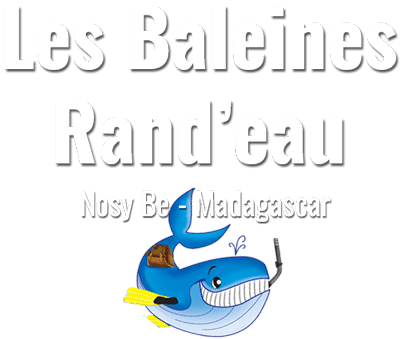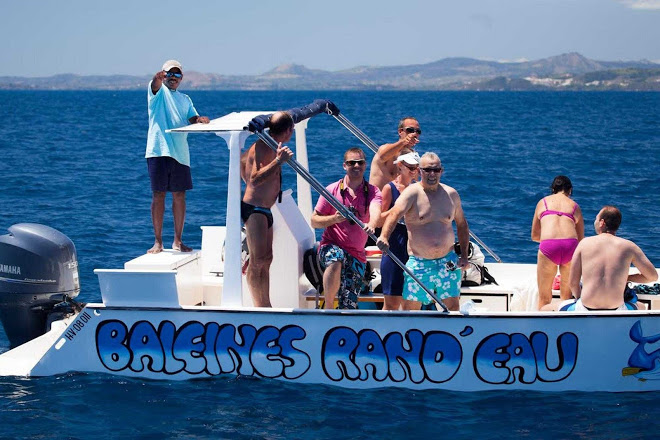As its name does not indicate, the pseudorque (also called false killer whale or false killer whale) belongs to the family of dolphins. Halfway between dolphin and orca, its rounded head and imposing size, however, remind of the famous "killer whale".
Present in a large part of the seas of the globe, it moves in groups of a few individuals or hundreds, sometimes scattering over several kilometers, and frequently swims in the bow of boats. As a player, he can jump and raise his head and much of his body out of the water.


